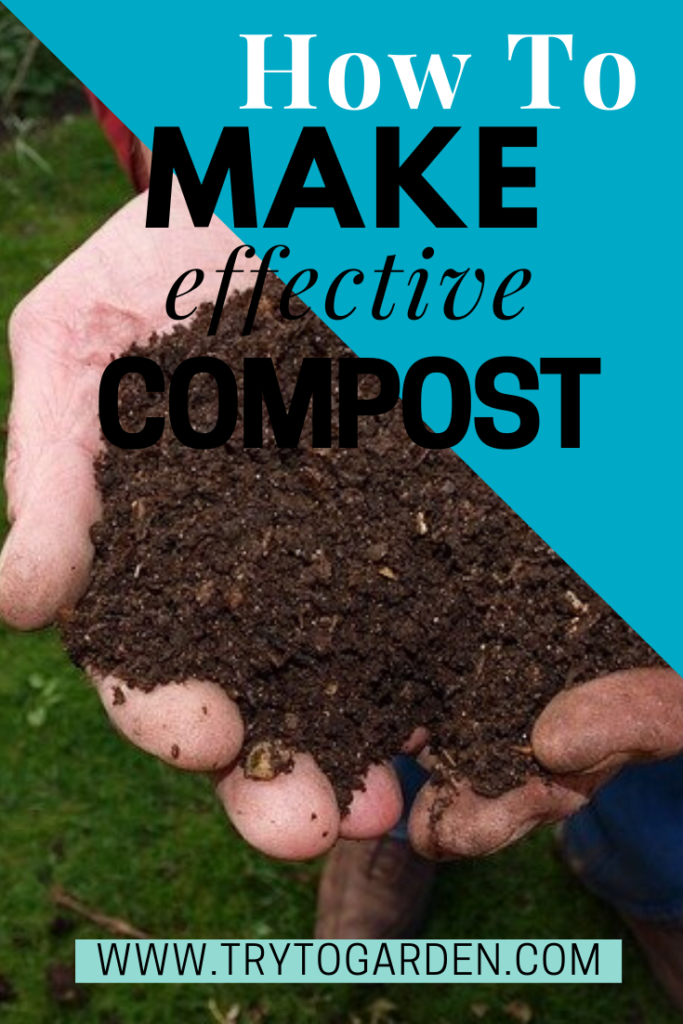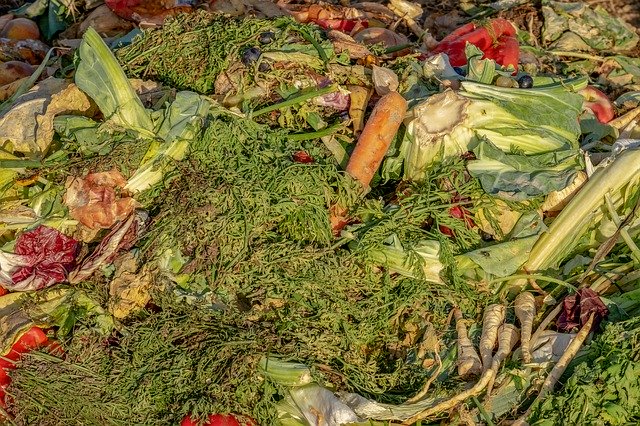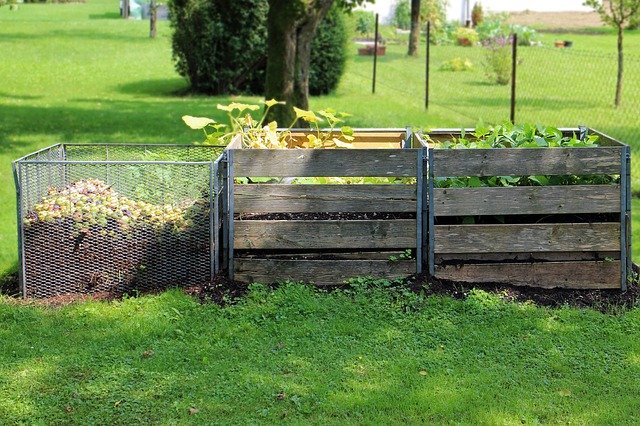This post contains affiliate links, which means I will make a commission at no extra cost to you should you click through and make a purchase. As an Amazon Associate I earn from qualifying purchases.
A short guide on preparing and using nutritious compost in your garden, whether you're planting ornamentals or edibles. If you know how to make compost fertilizer, you can rock out gardening!

Whether you live in a lush growing environment or a dry, hot climate composting serves as an excellent way to provide nourishment to your plants. Garden compost comprises of kitchen waste, yard clippings and other bits of biodegradable materials. These ingredients, combined, give the garden soil with phosphorous, calcium, and other vitamins and minerals. Knowing about composting gives you the ability to enjoy an organic lifestyle without relying on heavy fertilizers and harmful commercial products. It pays you in more than one way to know how to make compost fertalizer.
How to Make Compost Fertilizer
Basic Preparation
Begin planning your garden compost at the end of the growing season, to take advantage of winter for curing and preparation. Obtain a large compost bin or plastic garbage can with lid. This is the bin that your compost will cure in during the winter for garden use. For saving your kitchen compost, obtain a smaller container that features an airtight lid. Gallon ice cream buckets can be used for this, and prove to be cheaper than buying different containers. Make sure that both containers for the outdoors and indoors feature snapping lids that keep odors from permeating into your environment. Place the large compost bin somewhere near your garden, but away from your home so as not to attract insects and other pests into your living space. This also protects your nose from the odors that may emit from the compost container. Keep the indoor container under your kitchen sink or near your garbage can.
What to Compost?
Save the trimmings, leftovers, and other bits of food that you ordinarily throw away, to begin your kitchen compost collection. However, do not save meat or bread items. These materials are not only unnecessary in the compost but also throw off the pH levels of the soil, attract pests, and create putrid smells. Useful and garden-safe kitchen materials include eggshells, coffee grounds, tea bags, any vegetable or fruit matter, coffee filters, oyster shells, and fish bones. Keep these materials in the airtight container, and once it is full, empty it into the larger compost container that is located outdoors. Rinse out the small container and continue filling it and refilling it with kitchen waste. During a winter season in an ordinary household, a gallon container can be filled once or twice a week.

Composting outdoor materials allows you to introduce mulching ingredients to your existing kitchen compost. Save grass clippings from when you mow your lawn and add them to the compost container. Avoid composting the roots and seeds of invasive weeds as sometimes the seeds may survive and sprout through the compost once it is in your garden. Keep your compost bin covered, only removing the lid each time you add kitchen and yard compost to the bin. Keep it covered in this manner until the first week of the last frost in your region.

Worms instead of Fertilizer
Also known as vermicompost, worm compost provides your garden with Fertilizer without the need of odorous manures and chemical plant boosters. Essentially, the earthworms throughout your garden soil eat-up the compost, dirt, and other matter while digesting it. The finished result is a natural organic fertilizer that doesn't require that you mix in horse or cow manure with your soil. The earthworms also help you out by eating large particles of kitchen compost, making it smaller and smaller as it becomes infused within the garden soil.
Obtain some red wriggler earthworms from a local tackle shop or through another reliable source. To add the earthworms to your compost, do so after the compost has been spread upon your garden area and mixed into the soil. Dump a container of the worms onto the surface of the compost-rich ground and allow them to wriggle themselves beneath the surface. Do this task about two weeks before sowing the seeds in your garden. This allows the worms time to begin munching on your compost and soil.
Once you know how to make compost fertilizer for you garden, you will end up with a better produce yield and be eco-friendly at the same time!
Other posts you may enjoy:
